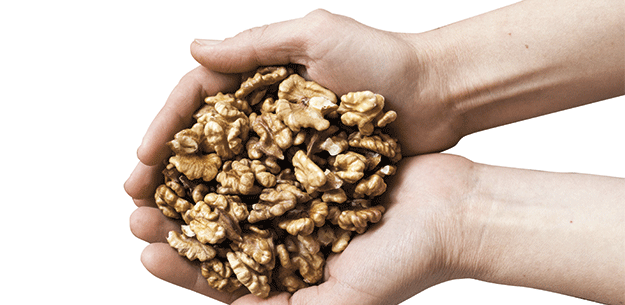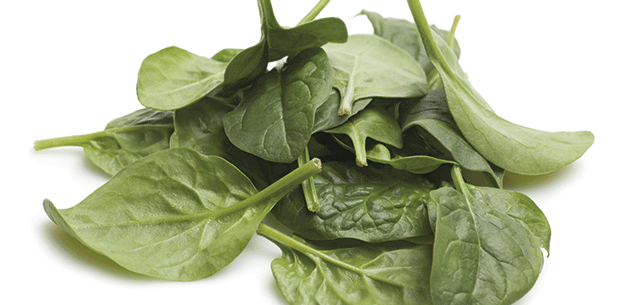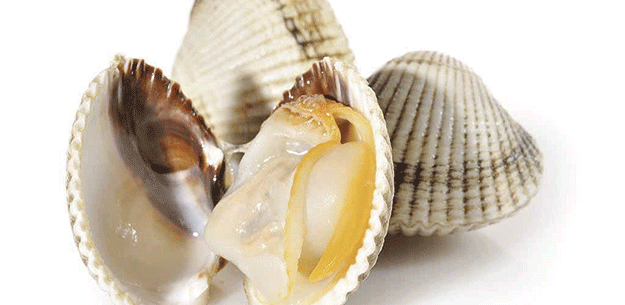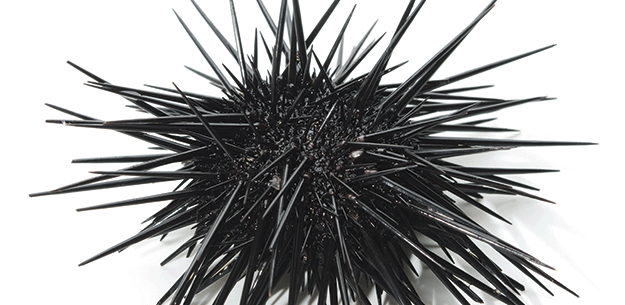.png.transform/rendition-xs/image_image%20(1).png)
The Best Spanish Winter Pantry
Winter is all about fireplaces, surrounded by friends drinking wine, feasting on tapas, after a walk attempted by only the bravest – just like the season's producers. Frozen gardens, icy seas and the best efforts of our purveyors to ensure that we lack for nothing. Welcome to the Winter Spanish pantry.
Text: Ana Alonso de Letamendía / Club de Gourmets magazine
The cold and flu season; people need large amounts of Vitamin C, which they can get from many more sources than just citrus fruits. Though they first arrived in autumn, we can find splendor in certain types of apples like the Starking and Royal Gala varieties which, thanks to their high sugar content, are stars of both the pantry and the recipe book. Vitamin C comes in orange, mandarin orange and grapefruit format. Mandarin orange juice is very recommendable. In the case of mandarins, special mention should be given to the variety known as "clementine," given that name because a nun brought it to Spain and convinced her prioress to make it a part of the daily diet at the convent she presided over.

Some nuts that arrive in the autumn include walnuts, pine nuts, hazelnuts and the almonds that are still around during the winter season. Walnuts, which are wonderful for reducing cholesterol, by the way, are found in a multitude of recipes (careful with allergies). Pine nuts are perhaps the most flavorful of the nuts, though they are slowly losing their starring role because of their elevated price, and also because today's chefs have taken note of their similarity to sunflower seeds, which are infinitely more affordable. Hazelnuts come from the gardens of Málaga, and true almonds bring joy to our Christmas holidays. As such: "A handful of almonds cooking in a pot of water. Once soft, we mix them with flour, egg, butter, sugar and something more... and the result is Christmas turron."
Though it emerges in the autumn, pumpkin is still around in the winter, though with a lower sugar content and less color. Provitamin A is responsible for giving spinach and chard their vibrant green color. But particular attention should be paid to spinach. Spinach is, or "was" a vegetable whose leaves needed to be separated from their stems before cooking. Cooked whole, the result could be unappetizingly bitter.

Cardo (cardoons), particularly those from Navarre or Aragón, look almost vulgar, but are divine on the table and indispensible in winter. They say that artichokes come from the Americas. Today they are cultivated all over the country. But winter is the time for the ones that lord over us and make us sweet. Escarole is like the opera: the first time you try it you either love it or hate it forever, due to its peculiar bitter flavor and firm texture. Endive, or chicory, has impressive leaves, making a convincing argument for the fact that it's worth more than being paired with blue cheese. And borage, so little known, fresh, bottled or frozen, and indispensible in menestras (classic vegetable medleys): "we clean the filaments off the borage with a fine knife, cut it into 5-cm pieces, blanch it and add it to the menestra."
Fish from the cold sea. Strong and courageous species.
They say that Madrid is the largest seaport. They also talk about the fact that the city's Mercamadrid fish market is the second most important in the world after Tokyo's. I've never been to the one in Tokyo, but I regularly visit Mercamadrid to take in the splendor of the variety of fish, crustaceans and other inhabitants of the seas; because the product that makes its way to the capital is closely identified with the quality of our coasts.

Where to start? The Bay of Biscay, the Atlantic Ocean and the Mediterranean Sea. The winter brings us two large fish, dorada (gilt-head bream) and lubina (European bass). Both sleep during the day and begin the hunt at sundown. They position themselves against the current, open their mouths and let the tide help them capture the morsels they seek, in the form of mosquitoes and invertebrates.
Winter has an uppercase "R". And the winters know it and they inundate us with their variety, freshness and quality. Although it seems impossible, a Mediterranean species of shrimp, la rosada, that makes us catch our breath. The Galician camarón, which abounds with size and flavor, is the same as the quisquilla "txapeldun." I say "txapeldun" because that's where I first tried karrakelas.
At the port of San Sebastian, fishermen's wives used to sell cones of sea snails, which came with a needle, for a ridiculously low price. Today, they are called bígaros, and they have managed to make a space for themselves in pantries all over the country. On the coast of Asturias, attention should be paid to the top-quality sea urchins. These sea creatures have more iodine than any other. It's like kissing the sea.

Norway lobsters (cigalas) hail from the Atlantic Ocean and detour to the Galician coasts along the Bay of Biscay. You can break your fingers when opening them, but you won't find them in any other waters in this hemisphere. Cockles (berberechos), which can at times grow to be bigger than their shell, offer their best version during the first days of December. Bay scallops (zamburiñas), which are a delicacy when fresh, are spectacular when canned.
Allow me to tell you about a curiosity that is worth the effort. It has to do with oysters. The oyster beds can be seen along the Galician coast, wood rafts anchored close to shore; ropes are lowered from the surface to which the oysters attach and, every so often, the ropes are hoisted up and the oysters are collected. On some occasions, the oysters detach from the ropes and fall to the sea floor where they continue to grow in size. The town of Cambados hosts a singular competition that consists of free diving down to the ocean floor to try to recover the largest oyster. I was lucky enough to eat the winning oyster, which weighed 430 grams (almost a pound). Delicious!
This is winter. Fireplaces, pleasure, wines, locally-brewed beer... And trips to the market to acquire and cook all of the good things that we produce.
Article originally published in the Club de Gourmets magazine (Spanish). Translation by Lionbridge /@ICEX.

